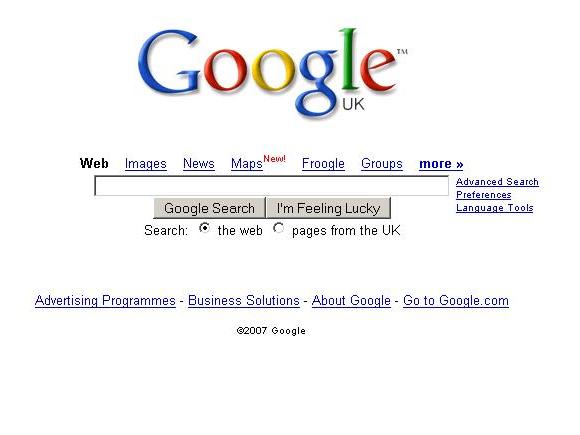
When you're part of a large team churning out line after line of code in order to build a spreadsheet, word processor or web browser, there's not that much scope for fun.
You're just an anonymous cog in a big software machine and no one is ever going to know who you are.
That's why Easter eggs were born. They're those odd little snippets of code that really shouldn't be there, hidden so well that only the deeply committed can find them. Type in a keyphrase or click on a specific spot and you just might find something squirrelled away by the developers for you to uncover…
Whether it's a hidden game, a quirky (but possibly useful) feature or even green cheese at the ultimate zoom into a digital map of the moon, there are all kinds of Easter eggs hidden out there.
One of the more mundane types of egg is a scrolling list of the names of everybody who worked on the project. Although this might sound like an anticlimax, this is the real purpose behind Easter eggs. The developers who put in 80-hour weeks to ship a piece of code on time want to let people know that they exist – and that they've got a sense of humour.
There's an old American tradition (grown out of an older German custom) of the Easter egg hunt, where brightly dyed hard-boiled hen eggs are hidden for children to find. These days the eggs are usually plastic, but the idea has grown international legs and egg hunts now take place all over the world. The aim is to hide the eggs so that they're difficult to discover, with the biggest prizes obtained by finding the eggs hidden in the most challenging places.
That's why these hidden features have become known as Easter eggs. You have to hunt to find the right place to trigger the code. Now that many companies have policies against Easter eggs, they're harder to see than ever before – but there are still plenty around if you know where to look.
Get daily insight, inspiration and deals in your inbox
Sign up for breaking news, reviews, opinion, top tech deals, and more.
One of the reasons why digital Easter eggs are on the way to becoming part of computer history is the rise of malware. If a programmer can sneak in a flight simulator then there's a good chance someone with a much blacker hat can do the same with a piece of malicious code. Locking down development teams makes sense in terms of security, even if it isn't as much fun.
Classic Easter eggs
One of the most well known Easter eggs is Excel 97's flight simulator. It may seem surprising that something as big as a flight simulator could be hidden inside spreadsheet software – but if you were familiar with the 8-bit scene of the 1980s then you'll remember just how small some of Geoff Crammond's simulators for the BBC Micro could get!
To launch the flight simulator, all you needed to do was select a specific group of cells (X97:L97) and draw a chart in them. This opened up the simulator and you could use your mouse to fly around.
It wasn't the only Easter egg hidden in Office 97 – Word had a pinball game. And Office 2000 took things further, with a driving game hidden in Excel (you needed to have the Office Web Components installed to play it). To reach the game, you had to publish a blank spreadsheet as a web page and open it in Internet Explorer. You could then navigate to a specific cell and press a combination of keys and buttons to find yourself in the middle of a car-chase game.